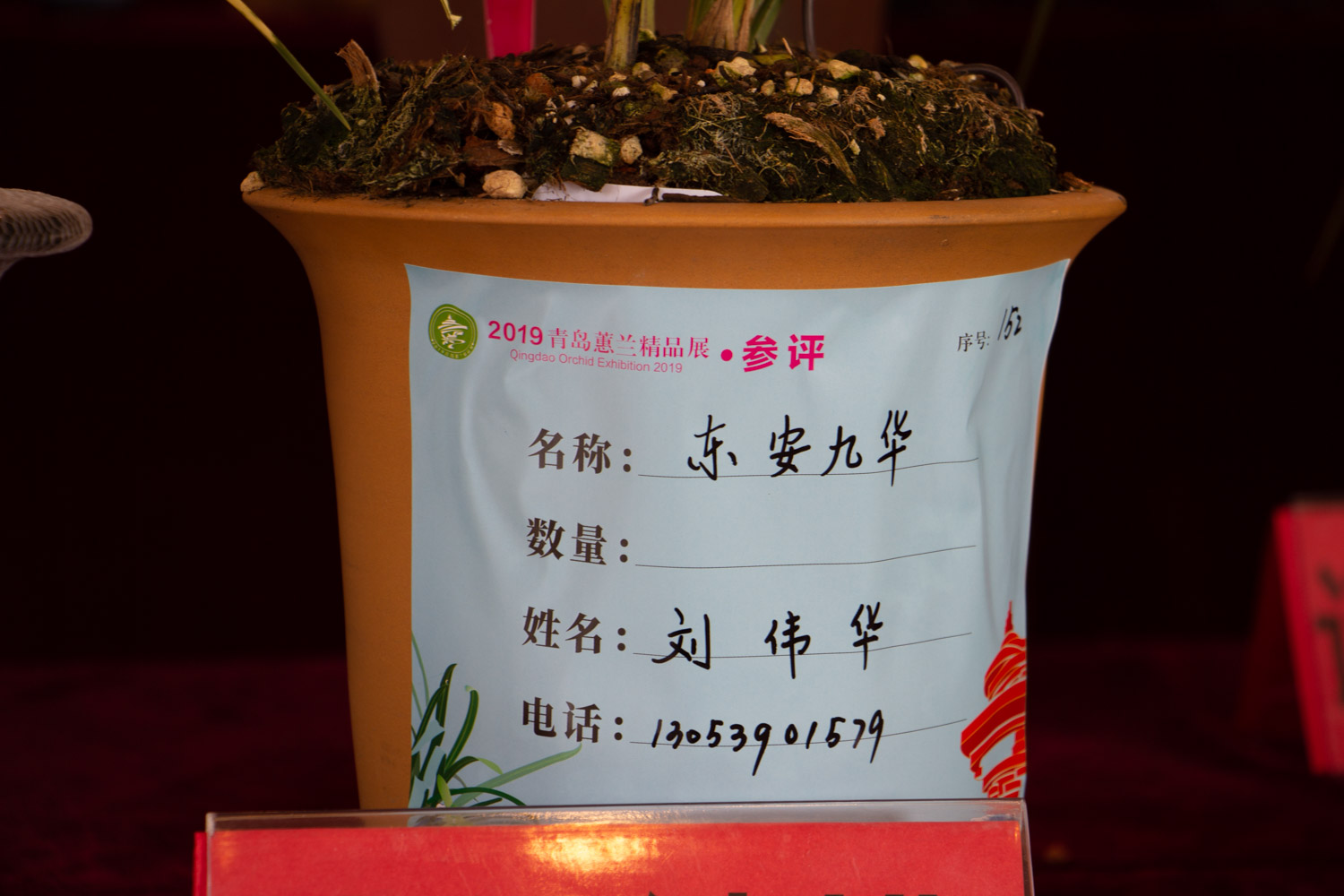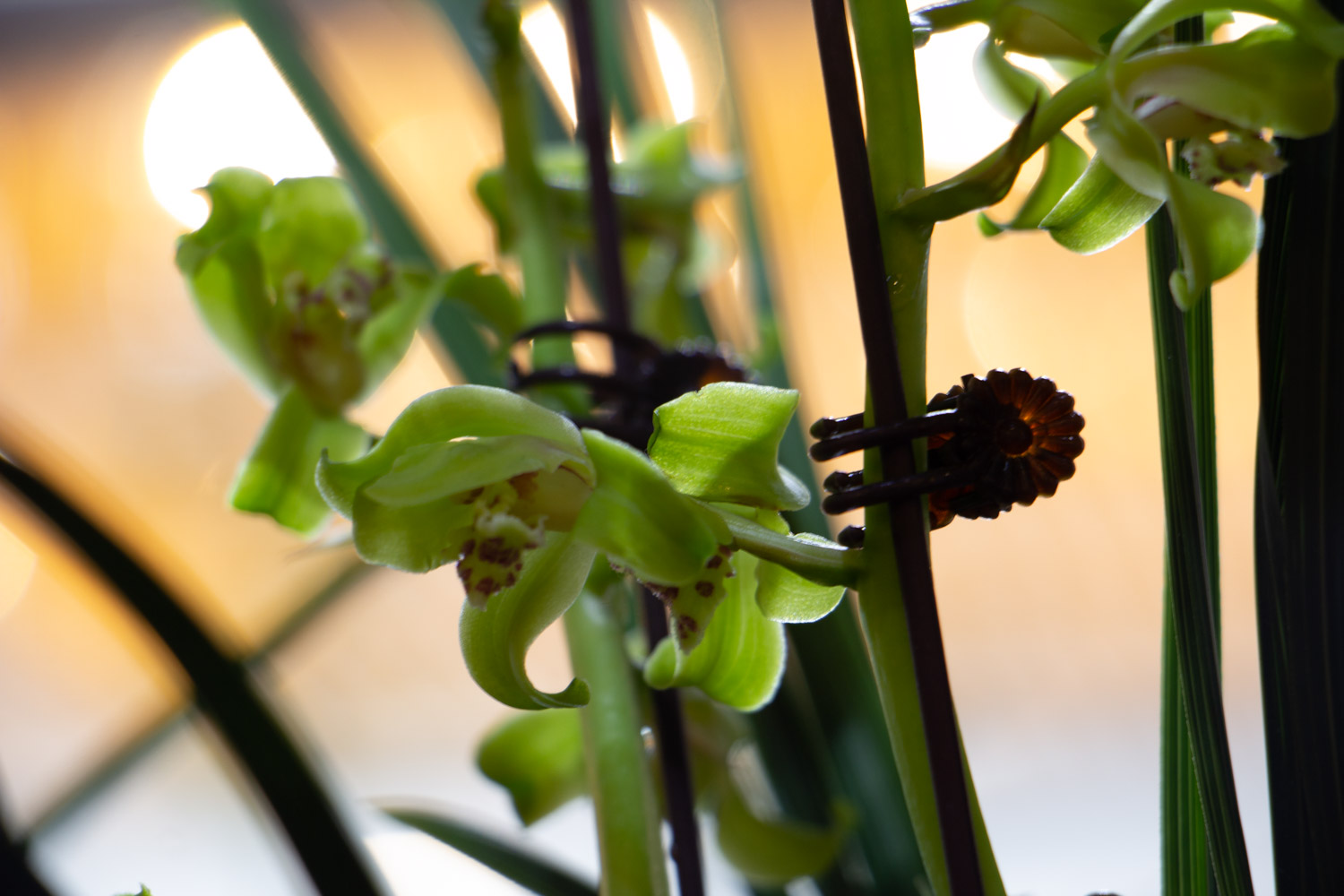1、 Breeding environment
1. Light: Orchid doesn't like the strong sunlight, because its origin is shaded by trees, so it likes the scattered light. Generally speaking, it is no problem to cover about 50 or 60% of the light, or even higher
2. Moisture: orchids like humidity. There should be enough humidity in the growth space. 70-80% humidity is no problem for them, but their roots are fleshy roots, so watering should not be too much or too frequently

3. Soil: the soil for orchids is required to be loose and fertile, rich in organic matter, and has special orchid mud
4. Fertilization: orchids do not need large fertilizer, and the fertilizer is required to be very light, so it is best to use the special fertilizer for orchids instead of organic fertilizer to fertilize them, so as not to cause fertilizer damage
5. Temperature: orchids like to be cold and afraid of high temperature. They also avoid severe cold. Generally speaking, the suitable temperature for its growth is between 10 and 25 degrees. It is tolerable to freeze for a short time, so it needs to be placed indoors at 0 to 10 degrees in winter, so it can survive the winter smoothly

2、 Common diseases and insect pests
Orchids have relatively few diseases and insect pests. In peacetime, prevention should be given priority to as much as possible to prevent its onset. Some protective agents can be sprayed frequently, such as Carbendazim and methyltobuzin
In addition, create a well ventilated environment with appropriate temperature and humidity to make it grow robust and enhance disease resistance. Once the disease occurs, we should use drugs in time and effectively control it in the early stage of the disease


 how many times do yo...
how many times do yo... how many planted tre...
how many planted tre... how many pine trees ...
how many pine trees ... how many pecan trees...
how many pecan trees... how many plants comp...
how many plants comp... how many plants can ...
how many plants can ... how many plants and ...
how many plants and ... how many pepper plan...
how many pepper plan...































